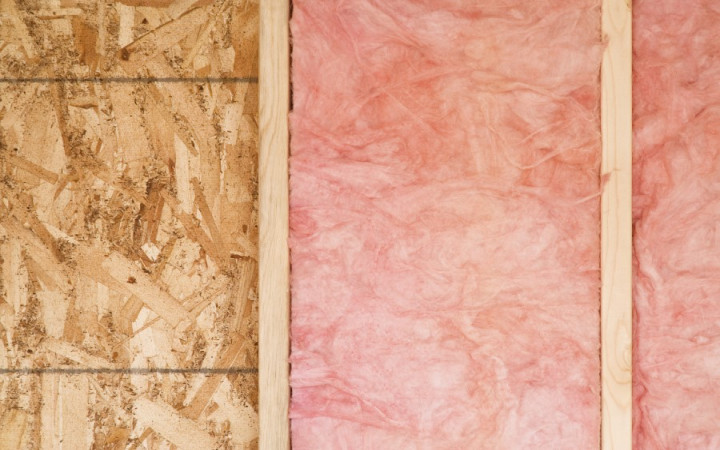When Old Man Winter draws near and the cold winds start to blow, it's so nice to have a warm house to come home to, isn't it? On a chilly, snowy night, there's nothing better than snuggling up with a good book under the covers.
If you have a fireplace, it's also nice to light a crackling fire to add warmth to the house. The smell of the burning wood and the flickering light of the flames can be mesmerizing, lulling you into a trance-like sleep.
Even when it gets very cold, you don't have to keep a heater, the furnace, or a fire going non-stop. You may have noticed that your house stays warm for quite a while once it's heated and probably only needs to be warmed up every once in a while to keep it at a comfortable temperature.
Did you realize that there's an unseen "blanket" of sorts helping to keep your house warm in winter and cool in summer? It's true! What are we talking about? It's called insulation!
Have you ever looked in the attic of your house? In addition to boxes of old mementos and worn-out toys, you may have noticed that your attic contains layers of a thick, fluffy substance known as insulation.
Insulation materials come in a wide variety of different types. Some insulation is blown in as loose particles that form thick layers, while other insulation materials come in the form of thick batts that are unrolled like thick carpet or a blanket. These materials usually consist of loosely-packed, air-filled products, such as fiberglass, wool, vermiculite, plastic foam, or shredded paper.
Insulation works to keep your house comfortable — warm in winter and cool in summer — by reducing the flow of heat. Your house naturally loses heat by three distinct heat flow mechanisms: conduction, convection, and radiation.
Conduction involves the movement of heat through materials. Convection is the method by which heat moves through liquids and gases. Radiation is the flow of heat in a straight line to any solid object that will absorb the energy.
Home insulation works mainly to block heat flow by conduction and convection. Heat flows in only one direction: from warmer areas to cooler areas. In the winter, this means that the heat in your home naturally will tend to move toward colder areas, such as walls, floors, attics, basements, garages, roofs, and eventually the outdoors.
Insulation works by relying on the fact that air is a poor conductor of heat. Insulation materials are created in such a way that they're full of tiny air pockets. When layered in the walls and roof of your house like multiple layers of clothing, all those tiny pockets of trapped air serve to restrict the flow of heat.
Exactly how well a particular material will restrict heat flow depends upon a variety of factors. Insulation material is given a rating based upon its resistance to heat flow. This rating is known as thermal resistance or its R-value. The higher the R-value, the more resistant insulation will be to heat flow. Using a higher R-value insulation will result in lower heating and cooling costs and, more importantly, a more comfortable home!




